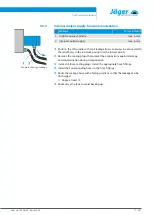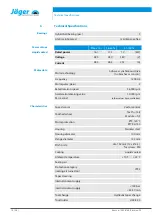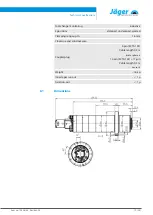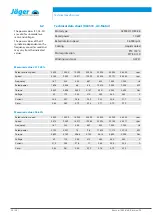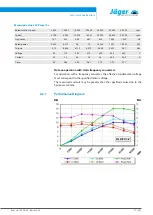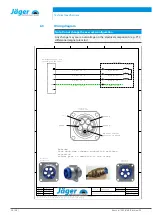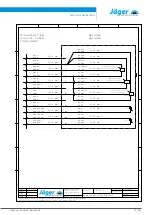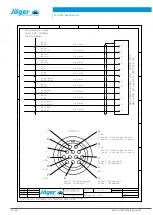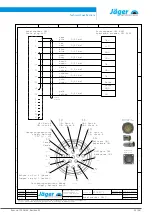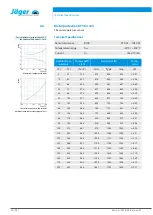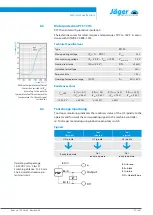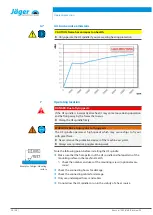
Technical description
Item no. 10406166, Revision 03
13 ( 48 )
5.2
Electrical connection
The HF spindle may only be operated with a frequency converter (FC).
Ü
Check whether the current, voltage, and frequency data of the HF spindle
match the raw data for the frequency converter.
Ü
Use a motor supply line that is as short as possible.
Ü
Adjust the speed of the HF spindle using the FC.
Ü
Refer to the frequency converter manual for further information.
The FC detects the following operating states of the HF spindle, depending on
the version:
q
HF spindle rotating.
q
HF spindle too hot.
q
HF spindle at a standstill, etc.
The FC forwards the operating states of the HF spindle to the machine con-
troller.
5.3
Cooling
Liquid cooling keeps the HF spindle at a constant temperature during opera-
tion.
Note: Extension of the service life through heat dissipation.
Heat is produced during operation of the HF spindle. The temperature of the
HF spindle should not 45° C as this shortens the service life of the
bearing.
u
Check the temperature of the HF spindle on the housing.
5.4
Sealing air
For guidelines on air quality,
see "Air purity classes (ISO
8573-1)
" section.
The sealing air prevents foreign bodies such as chips and liquids (e.g. emul-
sions) from entering the HF spindle.
Ü
Check that air escapes at the front between the housing and the rotating
parts of the HF spindle.
5.5
Taper cleaning
For guidelines on air quality,
see "Air purity classes (ISO
8573-1)
" section.
Taper cleaning prevents chips and liquids from entering the shaft during a
tool change and causing contamination and damage to the inner taper and
the clamping system.
5.6
Hydraulic tool change
The tool change or tool taper change is performed hydraulically.
During this, a mechanism is operated inside the HF spindle which clamps, re-
leases, or ejects the tool taper or collet.

















